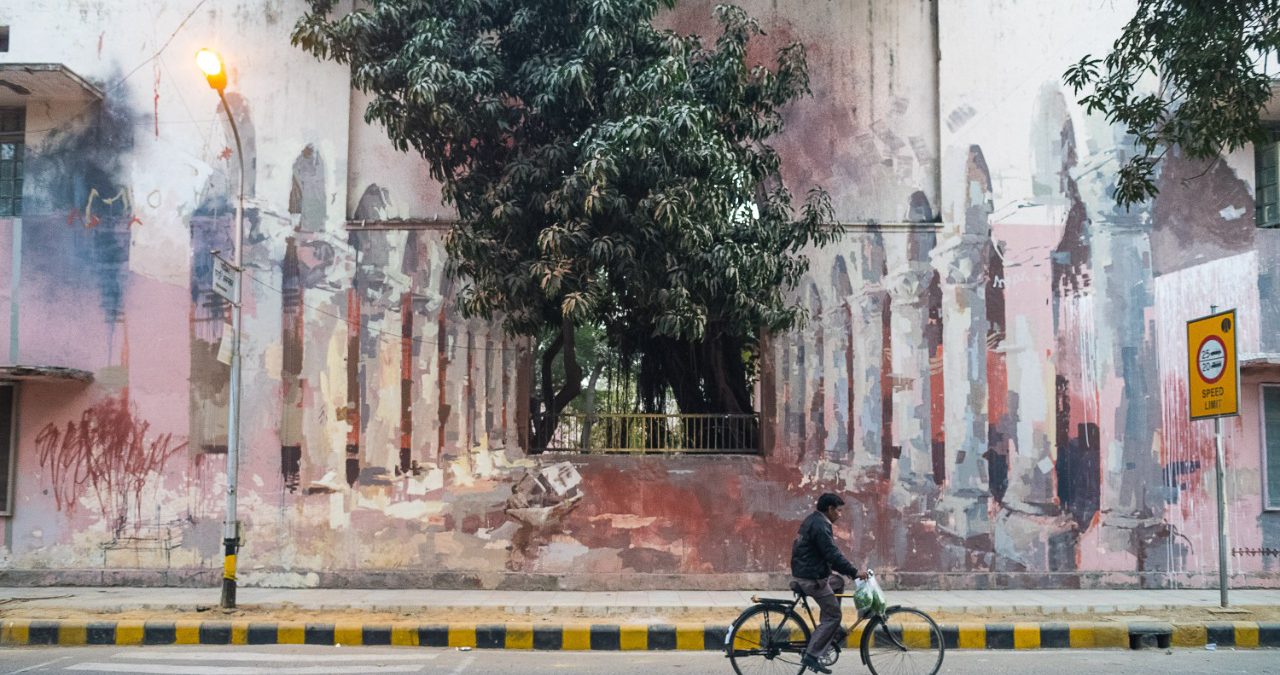
Keep up with our latest news and projects!

What started as a series of individual murals to bring colourful art to the streets of Delhi, has grown to become the acclaimed Lodhi Art District, between Khanna Market and Meharchand Market in Lodhi Colony. In 2014 St+art India was launched as an initiative to use public art as a tool to spark growth and imagination and to democratise society. The team found that though most Indian cities have an established art museum, there are hardly any galleries around for independent artists to exhibit their work. In the meantime, traditional art is a dying breed, as young people do not recognise its artistic and economic value. St+art India’s primary mission is to bring art out on the streets, to change its perception, and to build alternative arts infrastructures in unconventional places.

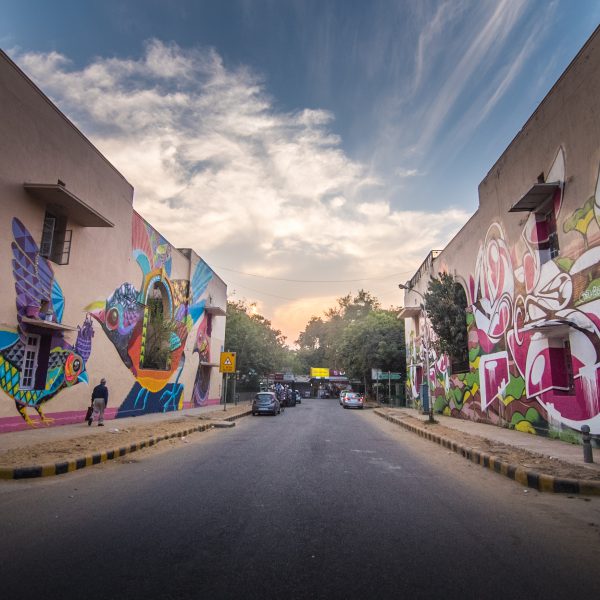
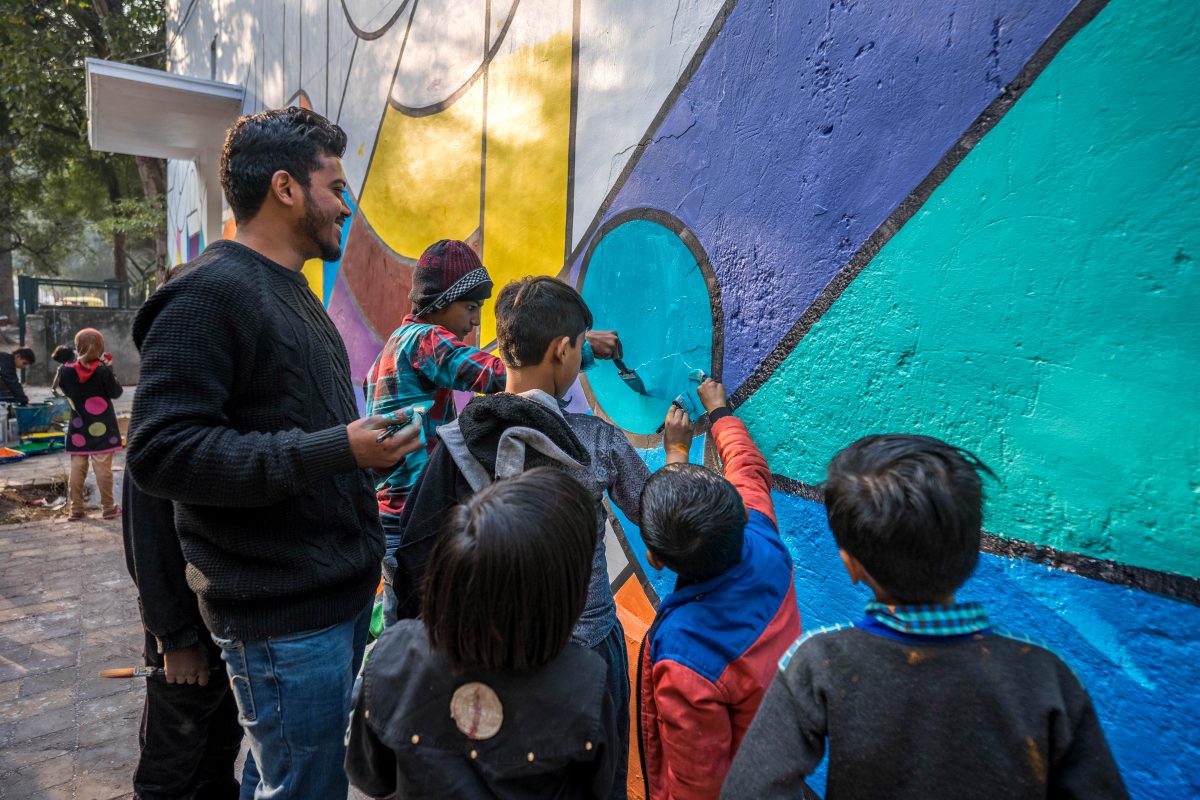
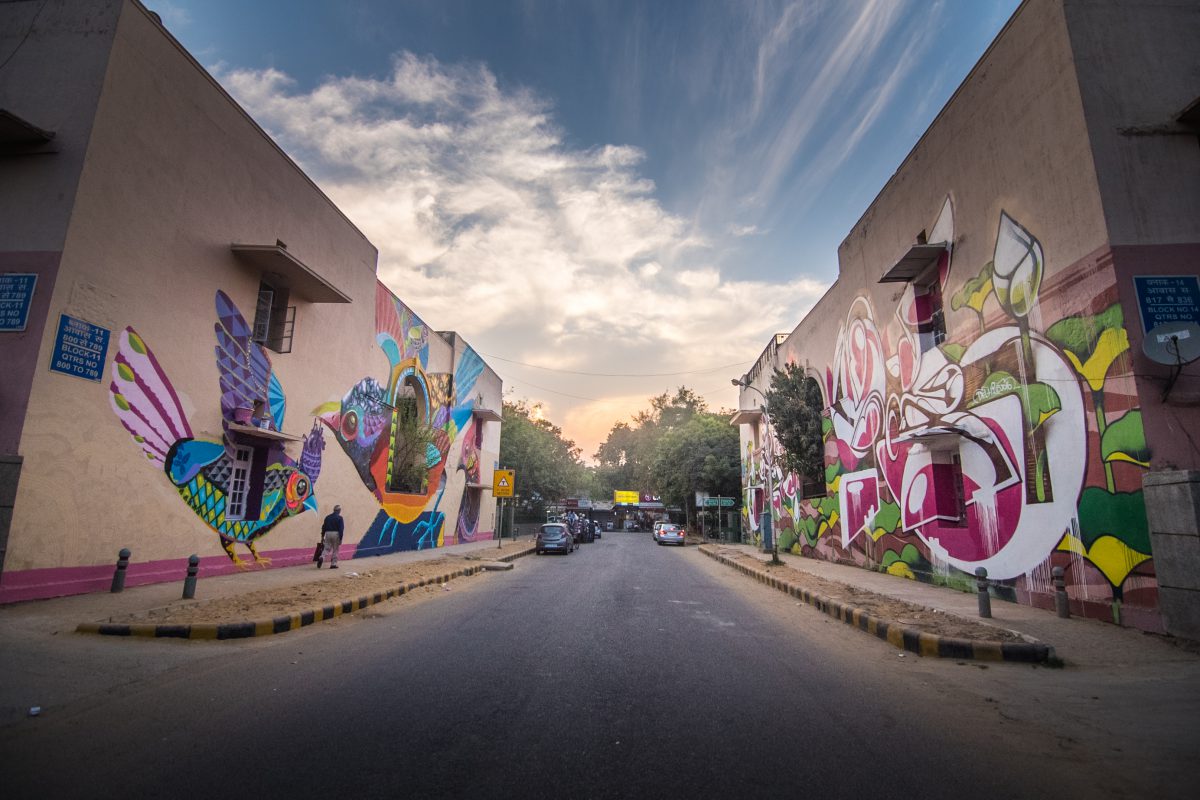
Following St+art India’s first successful public art intervention, more and more guided tours began visiting their murals. To deepen the project’s impact on the urban fabric, the team decided to take on a more integrated approach. They chose the former British Lodhi Colony as their area of focus, as they came across plenty of appealing blank walls around the district. As a welcome contrast to the majority of the cityscape of Delhi, the district is quite walkable, with great sidewalks, leafy trees that offer respite in the urban heat, good transit access, and an overall inviting human scale. Besides that, most of the buildings are owned by the government, which St+art India finds is a valuable measure to mitigate the risk of gentrification which might be the unwanted side effect of beautifying privately owned buildings.
In 2015 a team of young artists started with two murals in the community. It was a challenge at first to get the permits and convince the local government and heritage department of the idea’s potential. But as the projects were delivered, they gained a lot of popular interest. When the local government saw the effects, including increased tourism in the area, St+art India was granted permission to take on the community as a whole. The government even adopted St+art India’s approach as part of its smart city strategy. For the first time, public art became part of the city’s mission to create liveable places for people.
In 2016 St+art India organised a two-month-long festival in which over 20 artists were invited to create public art all over the community. The project has continued to expand ever since. Lodhi Art District today consists of 56 murals by Indian and international artists. This mix is crucial to the project’s success, as the focus on Indian artists is an important measure of the collective to increase local pride and overcome colonial trauma. On the other hand, the project is so unique in its scope and size that many renowned street artists from around the world are glad to contribute. Over time this allowed the Lodhi Art District to grow into a platform for cultural exchange and global diversity across 11 Indian cities.

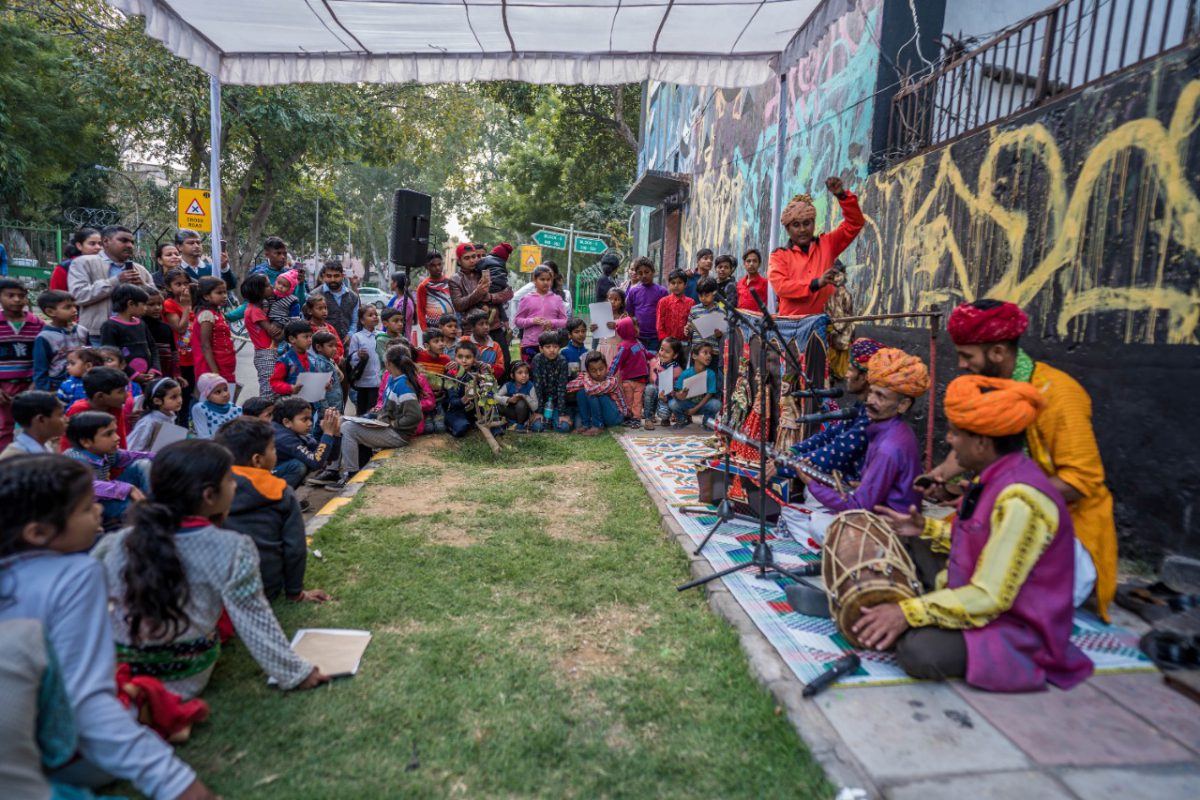
St+art India chooses to work with government support as their primary financial foundation. The partnership helps the team accomplish their ambitions to have an impact on broader policy change, inspiring better places for people, one wall at a time. They don’t take any direct funding from commercial interests, but work with paint company Asian Paints, who sponsors the material without any public display of logos. International artists are supported through cultural funds and financial help from several foreign embassies.
In recent years Lodhi Art District has been using its momentum as a vessel for broader societal change. The project has gained a lot of support from the local residents, who are positive about the improved aesthetics, safety and quality of public space, and the economic impact it brings. To spark more local participation in the project, St+art India circulated leaflets to gather the opinions and ideas of the residents from the district and surrounding slum areas. The input was collected and visualised as a word cloud on a central community wall. Then, Lodhi was inaugurated by the minister of urban development as an official art district during a festive community event. Activities included dance performances and upcycling workshops, with mixed groups across class and gender lines, divisions which are generally quite strict in India.
On International Women’s Day the same year, St+art India had a female-centred artwork by a Polish artist inaugurated by the UN India and EU ambassadors. These events are exemplary of St+art India’s approach of addressing societal challenges with art, while at the same time being sensitive towards the current state of affairs. In India, the caste system is still perceived as a commonly accepted form of societal organisation. While more people are starting to push back against such systems, income inequalities are still very much in place. St+art India wants to contribute to the creation of a more level playing field by making high-end art publicly accessible and treating everyone equally in the process.
Through the Lodhi Art District and other projects, St+art India has developed a more thorough understanding of the need for creative and hybrid solutions to address urban challenges in the ever-changing dynamics of South Asian cities. They never expected their tactical approach to be adopted as part of the smart city strategy, and they are happy that their patience and perseverance have led to success. They believe that cities should be adaptive and creative towards change, referencing Harvard professor Rahul Mehrotra’s notion of the fluid or kinetic city. For the future of Lodhi, they want to focus on activating the neighbourhood at night, as safety — especially for women — is still an issue in Delhi. Despite their mitigation efforts they have started to see that Lodhi is gentrifying because of the increased attention. They see it as an inevitable challenge for future projects, although the rent gap dynamic is beyond the scope of their work and a part of ongoing urban transition too.